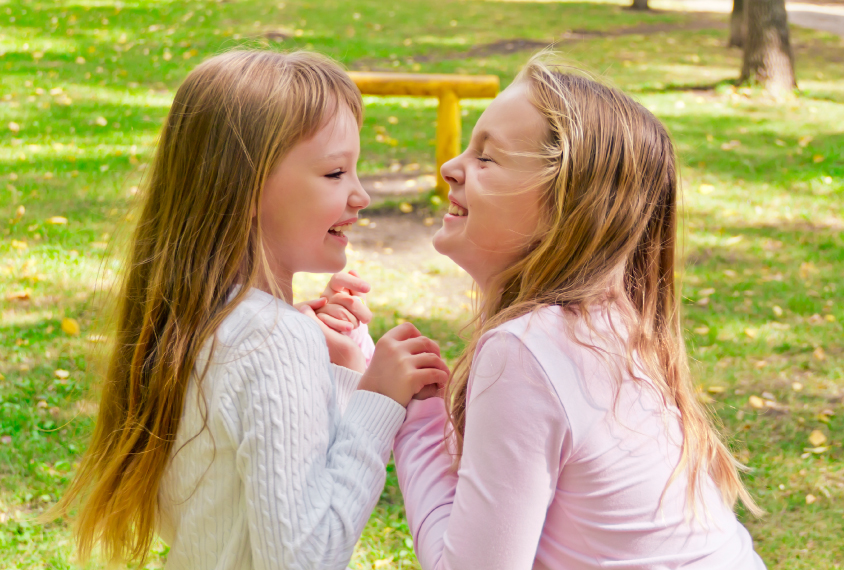
©iStock.com/Julialine
THIS ARTICLE IS MORE THAN FIVE YEARS OLD
This article is more than five years old. Autism research — and science in general — is constantly evolving, so older articles may contain information or theories that have been reevaluated since their original publication date.
Characterizing the interaction between two specific brain networks in people with autism may help researchers tease apart individual differences in the disorder, according to results presented yesterday at the 2015 Society for Neuroscience annual meeting in Chicago.
Individuals with autism may pay less attention to social stimuli than do their typical peers, suggesting that they have disruptions in a brain network that assigns importance to these stimuli. They may also find social situations less rewarding than others do, which could reflect changes in a brain network that processes reward anticipation.
A team of researchers set out to explore what the interactions between these networks might reveal about autism-related behavior. “It’s really the interaction that matters,” says Merage Ghane, a graduate student in John Richey‘s lab at Virginia Polytechnic Institute and State University in Blacksburg, Virginia, who presented the results Saturday.
Ghane and her colleagues scanned the brains of 41 individuals with autism and 44 controls when these individuals were at rest in a magnetic resonance imaging scanner.
The researchers defined the two networks using 28 brain regions known to be involved in attention and reward anticipation1. They tracked the brain activity of each region with every other region in both networks, creating communication profiles for these networks for each participant.
The researchers then fed this information into an algorithm that classifies people according to their connectivity profiles to see whether individual differences in these profiles could reliably identify individuals with autism.
When given information for each network separately, the algorithm could only partially distinguish the individuals with autism from the controls. When the researchers fed profiles involving both networks, the algorithm could more completely separate the groups. And when the researchers fed the algorithm the classification information for both networks it had generated in the first round, it correctly classified everyone except one individual with autism.
Studying how the two distinct networks interact may not only help explain differences between individuals with autism and controls, Ghane says, but also may reveal key distinctions among people with autism.
To check the reliability of their classification algorithm, the researchers need to test it on data from a different sample. Ghane also plans to explore how the attention and reward anticipation networks influence each other’s activity.
For more reports from the 2015 Society for Neuroscience annual meeting, please click here.
By joining the discussion, you agree to our privacy policy.